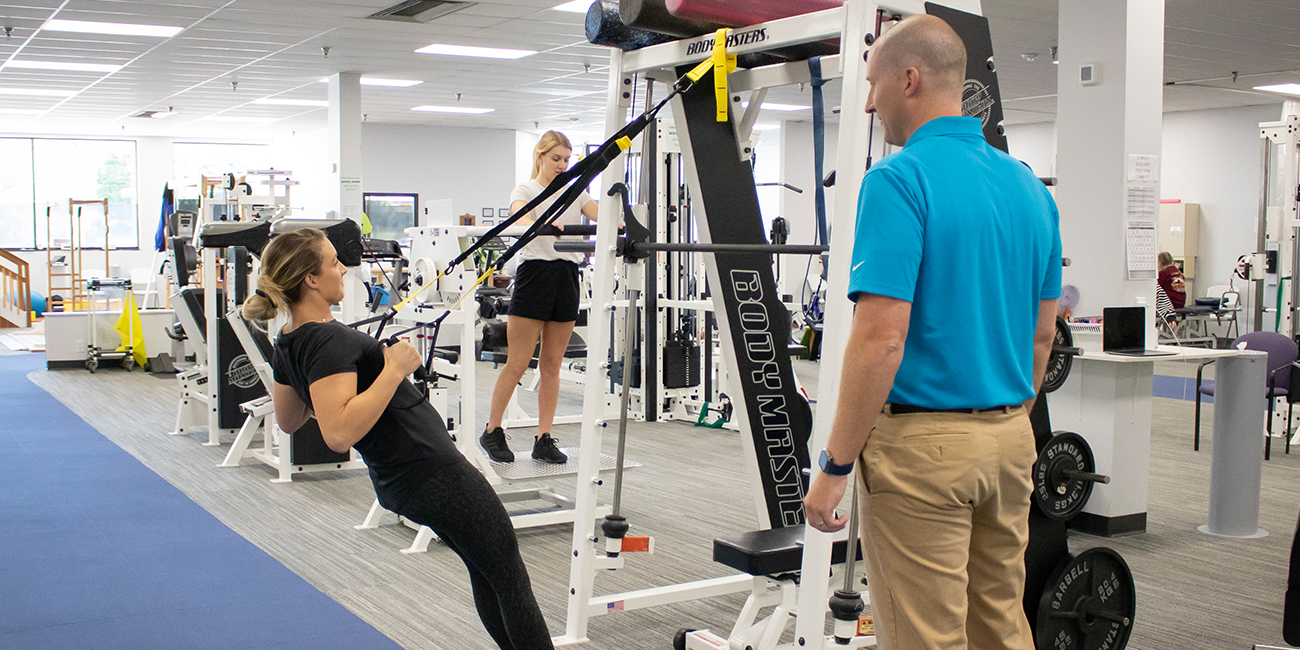Physical therapy, often abbreviated as PT, is a crucial aspect of healthcare that aims to enhance mobility, relieve pain, and improve the overall quality of life for individuals dealing with injuries, illnesses, or disabilities. Through a combination of exercise, manual therapy, education, and modalities, physical therapists work closely with patients to restore function and promote wellness. In this article, we delve into the multifaceted world of physical therapy, exploring its various benefits and applications.
The Cape Concierge Physical Therapyis a Massachusetts-based website offering in-home, office, or gym physical therapy services. This English-language site specializes in non-surgical solutions for chronic soft tissue pain and personalized treatments like dry needling.
Understanding Physical Therapy:
Physical therapy encompasses a diverse range of interventions tailored to meet the unique needs of each patient. It addresses issues related to musculoskeletal, neuromuscular, cardiovascular, and respiratory systems. Whether recovering from surgery, managing chronic conditions, or rehabilitating from sports injuries, physical therapists employ evidence-based techniques to optimize recovery and facilitate long-term healing.
Assessment and Evaluation:
Before initiating any treatment plan, physical therapists conduct comprehensive assessments to identify impairments, limitations, and functional goals. These assessments may include range of motion tests, strength evaluations, balance assessments, and gait analysis. By gathering pertinent data, therapists gain valuable insights into the root causes of the patient’s condition, allowing for personalized interventions.
Treatment Modalities:
Physical therapy offers a wide array of treatment modalities tailored to address specific needs and goals. These may include therapeutic exercises to improve strength, flexibility, and endurance, manual therapy techniques such as joint mobilization and soft tissue mobilization to enhance mobility and reduce pain, as well as modalities like ultrasound, electrical stimulation, and heat/cold therapy to alleviate symptoms and promote healing.
Rehabilitation and Recovery:
One of the primary objectives of physical therapy is to facilitate rehabilitation and expedite the recovery process. Whether recovering from orthopedic surgeries, neurological conditions, or cardiac events, patients benefit from structured rehabilitation programs designed to restore function, enhance independence, and minimize the risk of complications. Through progressive exercises and targeted interventions, physical therapists guide individuals along the path to recovery, empowering them to regain control of their lives.
Pain Management:
Chronic pain is a pervasive issue that significantly impacts quality of life for millions of individuals worldwide. Physical therapy plays a crucial role in pain management by addressing underlying musculoskeletal imbalances, improving joint mechanics, and promoting tissue healing. Through a combination of manual therapy, therapeutic exercises, and patient education, physical therapists help individuals develop effective coping strategies and achieve meaningful reductions in pain levels.
Prevention and Wellness:
Beyond rehabilitation, physical therapy emphasizes preventive strategies and wellness promotion to optimize health outcomes and reduce the risk of future injuries or disabilities. By educating patients about proper body mechanics, ergonomics, and injury prevention techniques, therapists empower individuals to make informed lifestyle choices and maintain optimal physical function throughout their lives. Additionally, physical therapists collaborate with other healthcare professionals to develop comprehensive wellness programs tailored to individual needs.
Specialized Areas of Practice:
Physical therapy encompasses various specialized areas of practice, catering to diverse populations and conditions. From pediatric physical therapy focusing on developmental milestones and early intervention to geriatric physical therapy addressing age-related issues and mobility challenges, therapists possess expertise in a wide range of domains. Other specialized areas include sports rehabilitation, orthopedics, neurology, cardiopulmonary rehabilitation, and women’s health, among others.
Conclusion:
Physical therapy stands as a cornerstone of modern healthcare, offering comprehensive rehabilitation, pain management, and wellness promotion services to individuals of all ages and backgrounds. Through evidence-based interventions and personalized care, physical therapists empower patients to overcome challenges, restore function, and reclaim their lives. As we continue to advance in our understanding of human movement and rehabilitation, the role of physical therapy remains indispensable in optimizing health and well-being.
In essence, physical therapy isn’t just about treating injuries; it’s about empowering individuals to live their lives to the fullest, free from pain and limitations.
